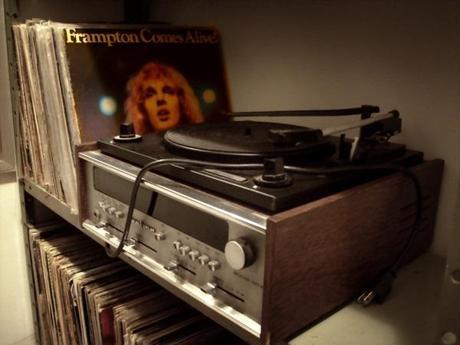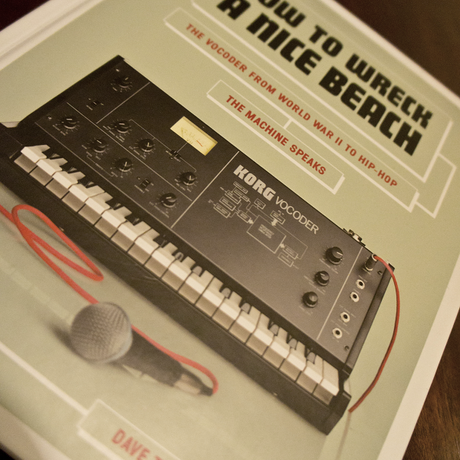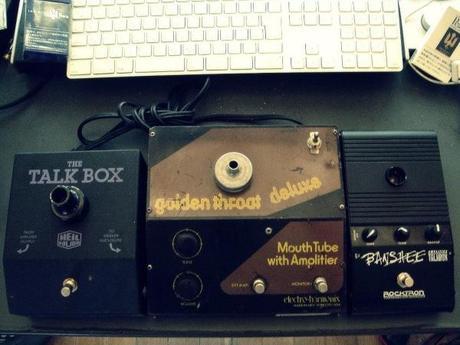Written By: Jacob Morris

What is Autotune?
While the use of vocoders in vocal processing dates back to the 70s, the heavy autotuned effect is a much more recent development which can be traced to 1998 with the release of Cher’s massive hit ‘Believe’.
Antares Audio Technologies released their software Auto-Tune the year before which, ironically, was designed for transparent pitch correction and although it can be used successfully to do this, it’s not the robotic autotune effect we’ve all heard countless times.
The effect is created in software by setting it up so that it corrects pitch errors in an unnaturally precise and fast manner, creating the metallic gliding between notes. This effect isn’t exclusive to Antares Auto-Tune and can also be replicated in programs such as Melodyne, a more sophisticated vocal correction program.
Other famous users of Auto-Tune in an extreme way aside from Cher include T-Pain and also The Gregory Brothers with their YouTube series ‘Auto-Tune the News’.
What is a Vocoder?
Compared to autotune, vocoders are a bit more complicated. To put it simply, they function by processing two signals designated as a modulator and a carrier through a series of filters.

The most common way of processing vocals with a vocoder is to use a synthesizer part as the carrier and the voice as a modulator; this creates the sort of filtered sound you hear in the backing vocals of Michael Jackson’s ‘P.Y.T.’ and more recently, the bridge of Daft Punk’s ‘Get Lucky’.
Theoretically, any sound can be used as a carrier or modulator, though if a voice is the modulator, it will require a sound roughly in the same frequency range in order for the end result to be intelligible.
What is a Talk Box?
Talk boxes sound a bit like vocoders, but they’re worth discussing separately as they function differently. They’re used extensively by Chromeo with synthesizers, particularly in the opening vocals of ‘I’m Not Contagious’ and also by Bon Jovi with guitars, most notably in the opening riff of ‘Livin’ On A Prayer’.

Instead of using two sounds processed together like a vocoder, one sound is controlled by the shape of the mouth. You can simulate this effect by putting your lips over a small speaker to make a seal and opening and closing your mouth over it.
In a traditional talk box, a plastic tube is inserted into the mouth which feeds into a small box with a speaker and an input. An instrument is connected to the talk box so that the speaker in it will produce sound that travels up through the tube into the mouth to be filtered by the shape of it.
Read More: Your Guide to Songsterr Online Tab Player
Image Sources: mediageek, wanderlima_ and Dixie_F
